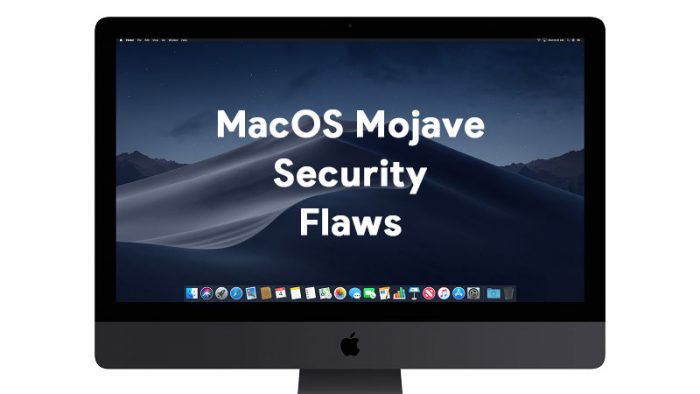MacOS Mojave security flaw: In this article, we’ll explain 3 major privacy and security flaws in Apple MacOS Mojave.
Apple released MacOS Mojave operating system in September 2018 as its fifteenth major release. This OS, however, has caused more embarrassment for the tech giant than applause. Users are identifying one flaw after another.
This has elicited mixed reactions; with others claiming that some of the MacOS Mojave extensions that can allow reading and sending of emails are just scams aiming to attain the company’s name. These are some of the MacOS Mojave security flaws that have questioned its credibility and caused concern.

3 Major MacOS Mojave Security Flaw
Given below are the 3 major Mojave security and privacy flaws:
Synthetic Clicks
This is a major security flaw that could have not been overlooked by the data security personnel at Apple Inc. This flaw can enable attackers to click and either allow or disallow the permission pop up. With this, it will then be easier for malicious applications.
Personal Data Compromise
There are reports about a zero-day bug which can be leveraged to steal your data. Apparently, when users are adding some extensions, they are notified that some of them have the ability to read, delete and even send emails. But this MacOS Mojave security flaw does not necessarily need to be fixed by the company itself through an update.
Macintosh users can tweak the privacy settings to ensure that personal info is not being shared with third parties. Go to Security preferences in your settings and click on Security and Privacy. Here, you can authorize apps that can read sensitive data.
Malware Execution
Another serious MacOS Mojave security flaw is the possibility to execute malware without the user’s consent. Malware is very hazardous as it can totally ruin your files and even your computer. Having a gatekeeper bug in MacOS Mojave that allows the execution of malware shows how risky it is to install it on your Macintosh computer.
It is quite contradictive that the gatekeeper’s goal is to prevent the execution of malicious files and requires the user’s consent before opening a file, yet at the same time can execute an untrusted code without warning the user or seeking permission.
Recommended:
- What Does Server Error Mean? Everything You Need To Know
- PhonePe KYC – Step-By-Step Guide To Complete PhonePe KYC At Home
- PayPal Account Restricted – Why And What Actions You Can Take
- Apple Watch 5 Rumors: Expected Price, Specifications & Release Date
- How To Install Jio Cinema Without Jio SIM? [3 Step Process]